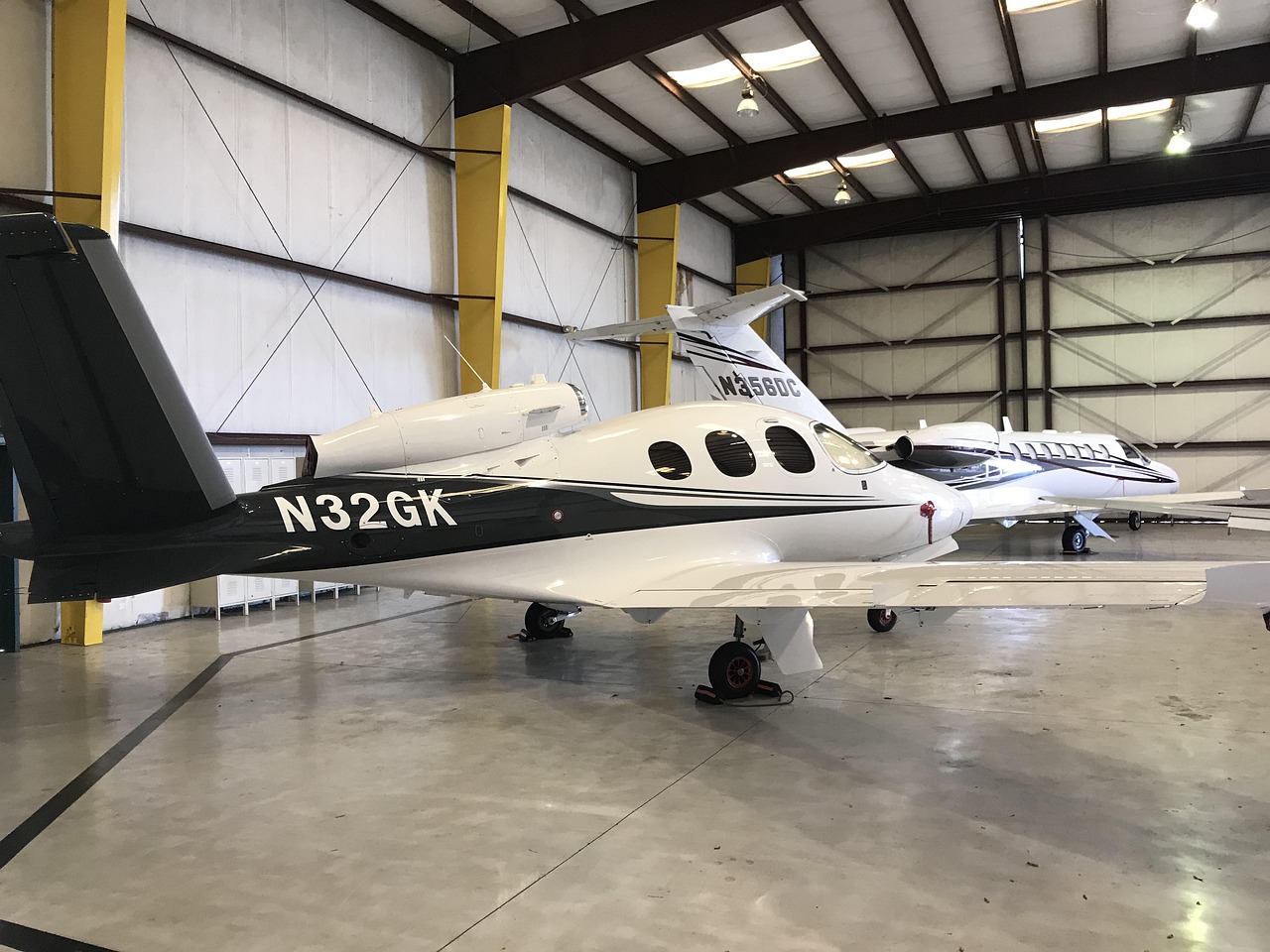A Comprehensive Guide to Careers in Aviation: Training, Roles, and Future Opportunities
For those interested in the evolving world of aviation, understanding the range of roles—from flight deck to ground operations—can reveal long-term career possibilities many overlook. This guide outlines how pilot training, air traffic control programs, and aircraft maintenance certifications are typically structured, including timelines and entry requirements. It also explores how individuals progress within aviation careers and the kinds of training often considered for advancement. More insights on qualifications, shifting industry needs, and salary expectations are available below.

What Are the Main Career Paths in Aviation?
The aviation industry encompasses four primary career tracks: pilots, air traffic controllers, aircraft maintenance technicians, and flight attendants. Each role serves a crucial function in ensuring safe and efficient air travel. Pilots operate aircraft, air traffic controllers manage airspace and ground movements, maintenance technicians ensure aircraft safety and reliability, while flight attendants handle passenger safety and comfort during flights.
What Requirements Do Pilot Training Programs Include?
Becoming a commercial pilot requires completing a structured pilot training program that typically includes:
-
Private Pilot License (PPL)
-
Instrument Rating
-
Commercial Pilot License (CPL)
-
Airline Transport Pilot License (ATPL)
The process usually takes 18-24 months of full-time study and requires passing medical examinations, accumulating flight hours, and completing both theoretical and practical assessments.
How Does Air Traffic Control Certification Work?
Air traffic control certification involves a rigorous process through the Federal Aviation Administration (FAA). Candidates must:
-
Be under 31 years old when applying
-
Complete an FAA-approved Air Traffic Collegiate Training Initiative (AT-CTI) program
-
Pass the Air Traffic Selection and Training (AT-SAT) exam
-
Complete training at the FAA Academy in Oklahoma City
The entire process typically takes 2-4 years, including on-the-job training.
What Does Aircraft Maintenance School Entail?
Aircraft maintenance technician training requires completing an FAA-approved aircraft maintenance school program, which includes:
-
1,900 hours of technical instruction
-
Practical hands-on training
-
Written, oral, and practical tests
-
18-24 months of full-time study
Graduates earn their Airframe and Powerplant (A&P) certification, enabling them to work on aircraft systems and engines.
What Are the Current Flight Attendant Requirements?
Flight attendant requirements have evolved to focus on safety and customer service:
-
High school diploma or equivalent
-
FAA certification
-
Height requirements (varying by airline)
-
Customer service experience
-
Emergency response training
-
Language proficiency
Training programs typically last 3-6 weeks and cover safety procedures, emergency protocols, and customer service skills.
What Are the Training Costs and Career Outlook?
| Career Path | Training Duration | Estimated Cost | Starting Salary |
|---|---|---|---|
| Commercial Pilot | 18-24 months | $60,000-$100,000 | $45,000-$65,000 |
| Air Traffic Controller | 2-4 years | $30,000-$40,000 | $50,000-$70,000 |
| Aircraft Maintenance | 18-24 months | $20,000-$50,000 | $40,000-$60,000 |
| Flight Attendant | 3-6 weeks | $2,500-$5,000 | $30,000-$50,000 |
Prices, rates, or cost estimates mentioned in this article are based on the latest available information but may change over time. Independent research is advised before making financial decisions.
The aviation industry continues to grow, with strong demand across all career paths. While training costs can be substantial, particularly for pilots, the investment often leads to stable, well-paying careers with advancement opportunities. Each role offers unique benefits and challenges, making aviation an attractive field for those seeking dynamic, technical, or service-oriented careers.




